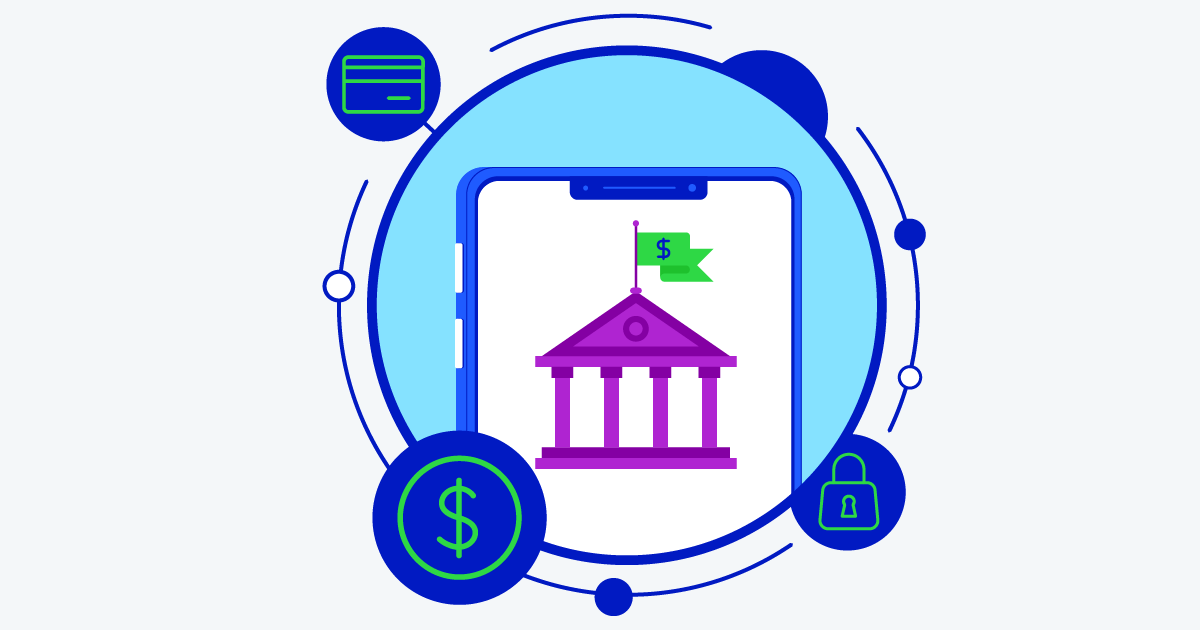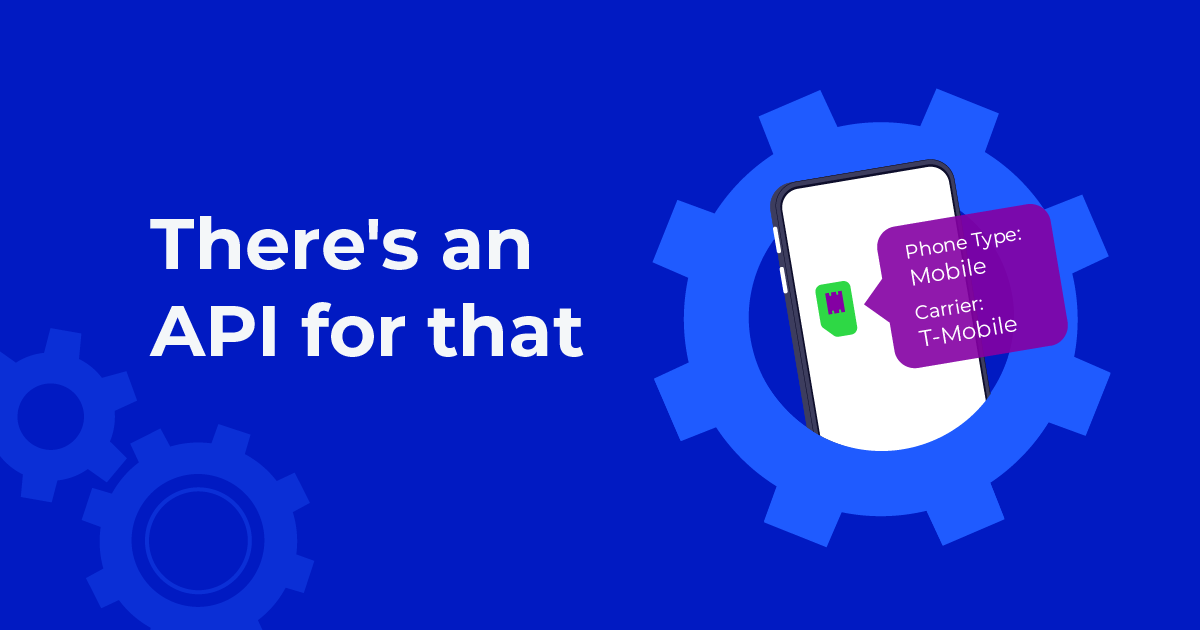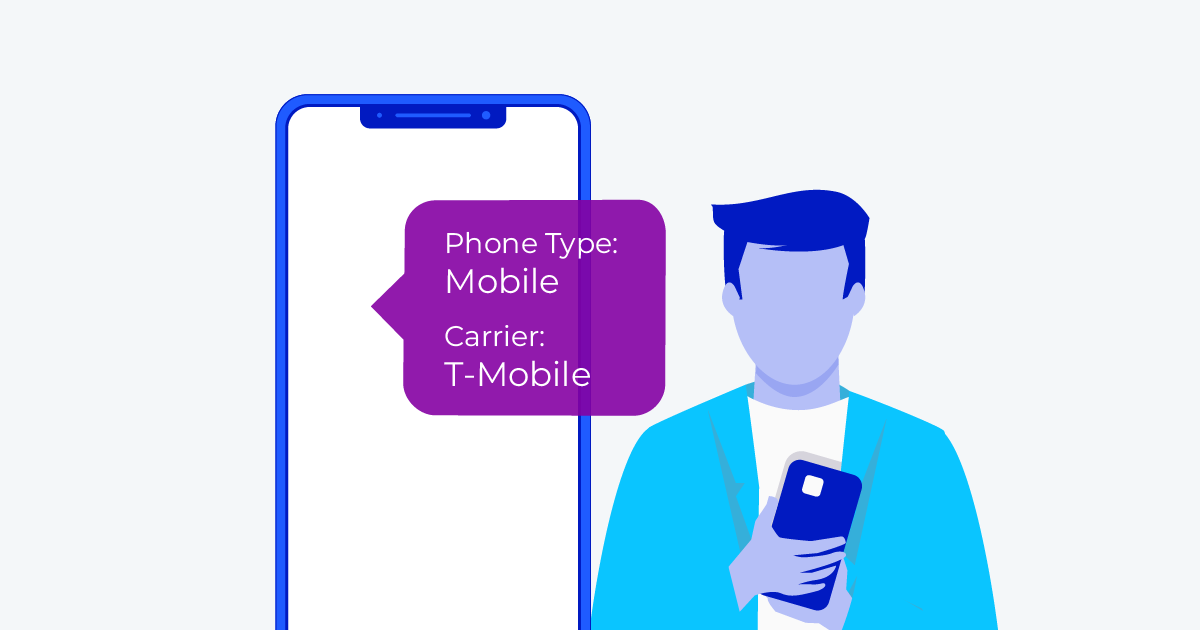
New technology can be exciting. For early adopters and risk takers looking for bigger payoffs, the latest shiny object is often hard to resist, especially if it promises more benefits and a better experience than the status quo.
Banks are historically slow to innovate, seeking instead to stay the course and project the image of certainty, security, and proven reliability.
But innovation waits for no one, and banks are no exception.
When neobanks broke on to the fintech scene, many consumers were excited to move their banking into the modern, digital era. However, it quickly became clear that the advantages these new companies provide come with risks. As a result, when fraud occurs in neobanks, it often leads to financial losses for individuals and reputation damage for these new businesses that count on consumer trust to gain market share.
In this article, we explain what neobanks are, what they offer, and discuss the ways fraud can be prevented in the nascent industry.
What are neobanks?
Neobanks are a digital-only financial institution that break free from the traditional types of banking by not having a physical location. These companies, also called challenger banks, give customers a chance to bank using technology on a wide range of digital devices.
A form of fintech, neobanks have been under a microscope since their emergence, due to merchants’ hesitance to use them, and because customers don’t have the same level of protections, such as FDIC protections, that they do under traditional banks. They do, however, provide consumers more convenience and often reduced fees and higher savings account interest rates.
Notable neobanks
You’ve probably heard of many of the popular neobanks out there, as they are marketed heavily and are often the symbol of the fintech revolution. Neobanks are fast, easy to use, and usually offer higher savings rates than their traditional physical counterparts.
Here are a few of the most popular neobanks:
- Chime. In the US, Chime is widely used and heavily advertised. They’ve recently partnered with the NBA team the Dallas Mavericks, and their logo is seen exclusively on the game-worn jerseys. Chime offers mobile banking on their app, giving consumers a debit or credit card and allowing them access to banking without fees.
- Monzo. Monzo is exclusively available to the UK, but even so, it’s the 2nd-largest neobank in terms of account holders. Monzo is known for being one of the first neobanks to emerge, and it has done so successfully by offering consumers a fee-less service without the hassle of traditional bank buildings.
- Aspiration. Aspiration has built itself up in the industry by having a unique hookÑthey are focused on helping the environment using deposits and fees.
- Current. Current is a fast-rising neobank due to its high savings rates that outpace most traditional banks by a wide margin (25x higher than average).
How have neobanks’ widespread adoption impacted business?
The emergence of neobanks has created an urgency for merchants and other businesses to adjust their technology to align with neobank processes. At the same time, the data collected by neobanks, as well as the debit/credit cards they provide their customers, represents new revenue streams for bad actors.
When neobanks and their customers are victims of fraud, it can greatly damage the reputation of the neobanks as well as the overall fintech industry.
One example demonstrating the frustrations neobanks and their services have caused and/or experienced comes from Avis and Hertz, who recently stopped accepting cards from a handful of neobanks because users have had money stolen from their accounts.
Marketing, technology, and financial perks are driving people to neobanks. There are other positives moving consumers to use this technology, as well as some negatives.
Types of neobank fraud
Neobanks are not immune to the fraud that plagues other financial institutions and online businesses.
Let’s look at the types of fraud impacting neobanks, and some of the unique areas that make them vulnerable to attack.
Account takeover
Account takeover (ATO) occurs when access to a digital account is stolen and controlled by an unauthorized user. Account takeovers give fraudsters a chance to change settings, send phishing messages, make withdrawals, exploit other company accounts, and steal data.
ATO fraud has negatively affected neobanks because these systems lack advanced fraud fighting systems that employ AI and machine learning, but also because of the anonymity provided to neobank customers and accounts.
Onboarding fraud
Onboarding is the first part of the customer journey, ushering in new users to a website or app, giving them the proper level of access to permissions on the platform. Onboarding fraud, or new account fraud, can occur during this phase, when a bad actor creates a new account and completes the onboarding process with stolen identities.
Onboarding fraud is a problem for neobanks because they operate solely online, giving fraudsters a chance to complete an entire signup digitally, never stepping foot in a bank or in front of a real person.
Synthetic identity fraud
Synthetic identity fraud is when a cybercriminal uses a combination of real and fake personal information to create a new identity. Whereas traditional identity fraud involves pretending to be an actual person, synthetic ID fraud uses a created Ôfake’ person to apply for credit, loans, and open new accounts.
Synthetic ID fraud is a costly problem, with lenders reporting $6 billion per year in losses, and since neobanks are picking up more and more customers, they’re likely to be victims of these attacks.
Money laundering
Money laundering is a way for criminals to conceal the true origin of money, often via transfers through legitimate institutions. Today, money laundering has become much more complex, with digital banking and the rise of neobanks opening doors to fraudsters to perform money laundering transactions.
Adhering to regulations designed to protect consumers from this fraud can be costly to financial institutions, but failure to stop money laundering can be even more costly. For example, in 2020 Goldman Sachs was fined $3 billion for bribery violations and money laundering.
Protecting neobank customers: How Telesign can help
Digital fraud is not unique to neobanks. But these new financial institutions are inherently riskier than their brick-and-mortar counterparts, and new users lose confidence in them quickly when fraud occurs.
Using dynamic risk-based assessments, phone number intelligence, and identity verification, Telesign helps fintech and financial services companies minimize losses that arise from synthetic identity fraud and communications fraud, while strengthening Know Your Customer (KYC) compliance.
Telesign also protects customers and their investments from account takeover attempts, such as SIM-swap attacks.
To learn more about Telesign’s ability to protect neobank customers from fraud, chat with us today.




